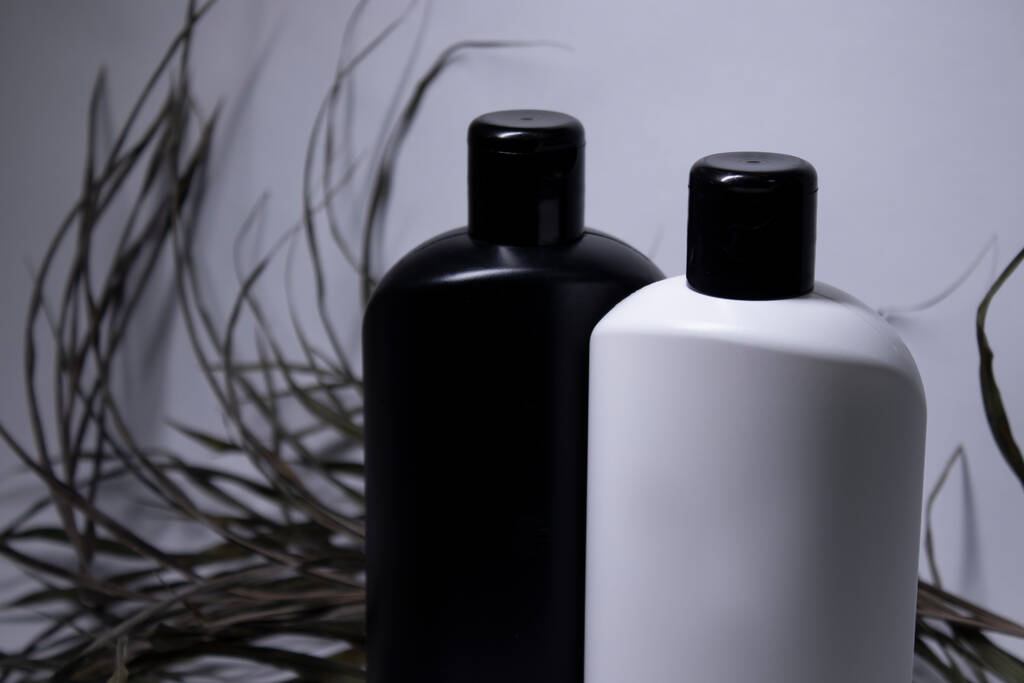Browsing the hair care aisle may be like translating a foreign script. With mile-long lists of ingredients, catchy claims, and buzzwords de jour, you can’t help but feel a little lost. But with some practice reading product labels, your hair care experience can change overnight and you’ll be making more informed decisions. Whether you’re working toward shinier strands, better moisture retention, or simply looking for clean products, decoding the label is a skill worth mastering.
The Order of Ingredients Matters
On every hair product label, ingredients are listed in descending order of concentration. What this translates to is that the first few ingredients are most of the formula. If a product claims a miracle oil or an exotic plant, but it appears near the end of the list, it’s likely not in much quantity. Water (aqua) usually appears first, which is perfectly fine since it serves as a solvent and disperses ingredients evenly.
What you want to look for are beneficial ingredients like glycerin, aloe vera, shea butter, coconut oil, or panthenol near the top of the list. These can hydrate, reinforce, and feed your hair. Watch out for products in which alcohols, sulfates, or artificial fragrances predominate—particularly if your hair is dry, curly, or color-treated.
Understanding Common Buzzwords
Marketing for hair products delights in tossing about buzzwords such as “natural,” “organic,” “sulfate-free,” or “paraben-free.” While some are useful, too many of these terms are not regulated and serve more for promotion than for honesty.
For instance, a product can be “natural” but incorporate synthetic preservatives or fragrances. “Sulfate-free” refers to the absence of harsh detergents such as sodium lauryl sulfate or sodium laureth sulfate, which can remove natural oils. “Paraben-free” refers to the lack of some preservatives that have drawn health issues but does not guarantee the absence of other preservatives.
To truly know what you’re applying to your hair, look beyond the marketing and scan the full ingredient list.

Identifying Harmful Additives
Not every chemical-sounding word is bad. But some ingredients commonly found in hair products can do more harm than good, depending on your hair type and sensitivity.
Watch out for:
- Sulfates: They cleanse well but can leave your hair dry and brittle.
- Parabens: Used to extend shelf life, yet controversial for potential hormonal disruption.
- Synthetic Fragrance: Can cause scalp irritation, especially in sensitive individuals.
Also, steer clear of drying alcohols like ethanol or isopropyl alcohol, especially if you’re aiming to maintain moisture. Not all alcohols are bad though—fatty alcohols like cetyl or stearyl alcohol are actually moisturizing.
Match the Formula to Your Hair Type
Once you know what to look for, choosing the right product becomes easier. If your hair is fine and prone to oiliness, lightweight formulas with ingredients like rice protein or chamomile may be best. For thick, dry, or curly hair, you’ll benefit from richer ingredients like shea butter, argan oil, or avocado oil.
Those who frequently style their hair with tools like a triple barrel hair waver should prioritize heat-protectant ingredients like dimethicone, hydrolyzed proteins, or silicones that help form a protective barrier.
Less Can Be More
Some of the most effective products aren’t packed with dozens of hard-to-pronounce ingredients. Simplified formulas often reduce the risk of buildup or allergic reactions. Always remember: just because a label looks scientific doesn’t mean it’s better.

Become a Savvier Shopper
Decoding hair product labels isn’t just about being picky—it’s about giving your hair what it truly needs. By understanding what goes into each bottle, you can confidently choose products that support your hair goals without relying on guesswork or marketing gimmicks.
Being mindful of the ingredients also gives you more control over your beauty routine, helping you invest in products that deliver real results. Whether you’re buying shampoo, conditioner, or styling creams, knowing how to read the label makes all the difference.















